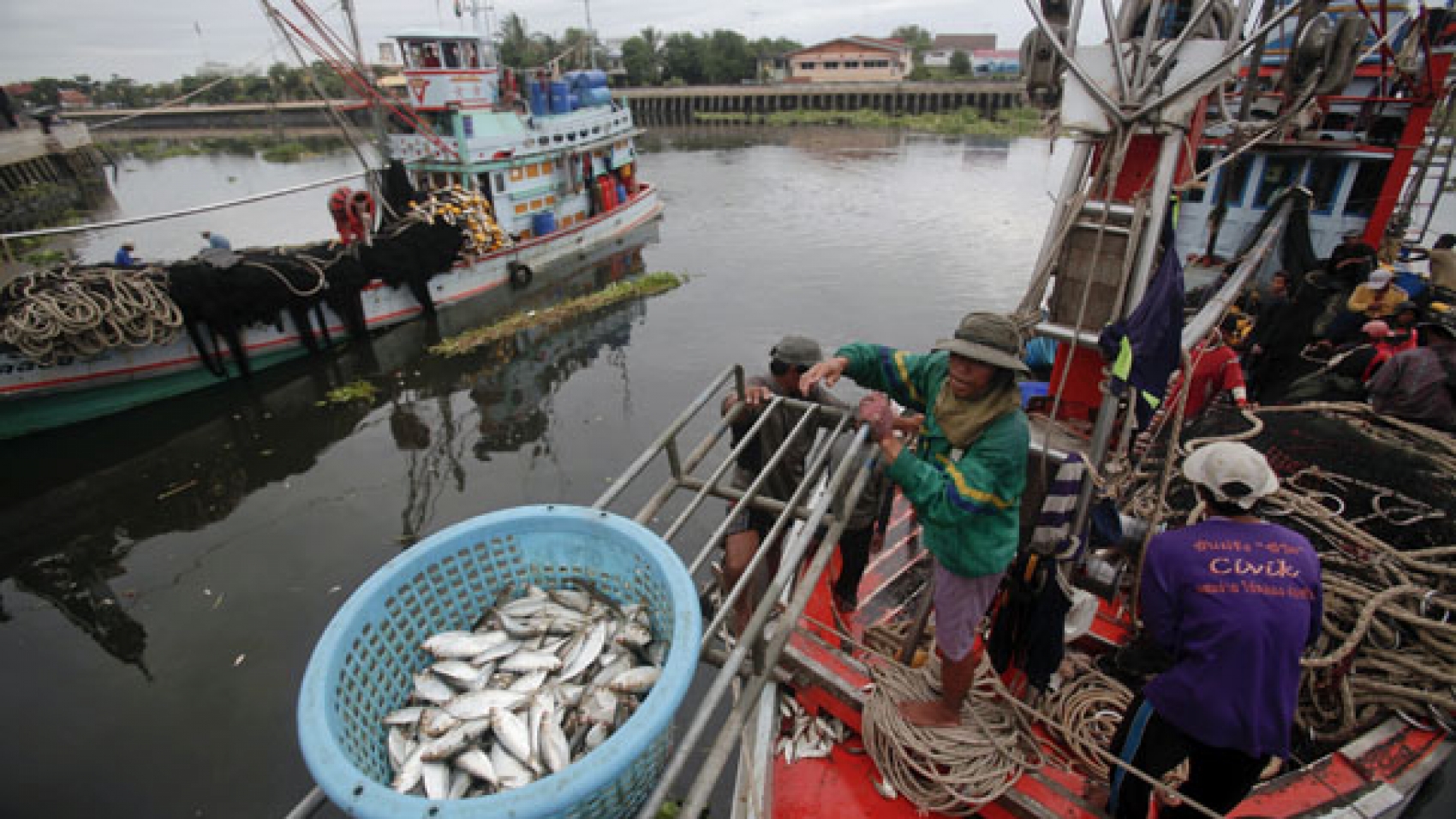Myanmar’s Waste to energy and waste to biogas plant, backed by Poland’s government technology and financial support, will be built in Htainpin dump site in Hlinethaya Township, with the lowest possible environmental impact, according to the Yangon City Development Committee (YCDC). YCDC has projected to build the waste to energy and waste to biogas plant in Htainpin dump site, in cooperation with Poland government. Htainpin dump site has been polluted. This biofuel plant will produce the compressed natural gas CNG and other biofuels which can substitute firewood and reduce water and air pollution, said Dr Aung Myint Maw, director of YCDC (Environmental Conservation and Cleaning Department).
This plant will be constructed with the low-interest loan 50 million euro of Poland government. The Environmental Conservation and Cleaning Department is daily handling more than 2,500 tonnes of garbage, and 1,500 tonnes of garbage is disposed at Htainpin dump site. This biofuel plant will generate CNG from 1,000 tonnes of garbage. Additionally, the Environmental Conservation and Cleaning Department under the YCDC cooperated with the JFE Engineering, which is commissioned by the Tokyo Metropolitan Government, to build the first ever Yangon Waste to Energy Plant. The plant is located on 15 acres of land near Hlawkar Road in Shwepyitha Township, Yangon, and the project cost US$16 million.
The plant burns 60 tonnes of garbage from Mingaladon dump site to generate 760 KW electricity per day. About 400 KW of electricity is used to operate the plant and other 300 KW are fed into Yangon Electricity Supply Corporation (YESC)’s national power grid. Therefore, it can supply about 180 MWh per month. About 2,500 tonnes of solid waste are daily generated in Yangon. At present, Yangon Waste to Energy plant can incinerate only 60 tonnes of waste to generate electricity. As a result of this, the YCDC stepped up to implement the waste to energy and waste to biogas project. Poland government is mulling over it to sign an agreement amid the surging coronavirus cases. They will make concerted efforts to start this project.
Source: The Global New Light of Myanmar

